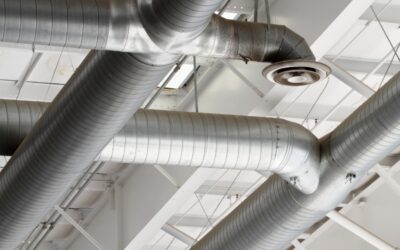If you’ve lived in the Columbus area for long, you’re probably very familiar with humidity. But what about relative humidity (RH)? Learn why RH matters in your home and how you can control it.
What is Relative Humidity?
On a basic level, RH specifies how much water vapor is in the air. On a more complex level, RH uses pressure and temperature to calculate the amount of available energy used to evaporate water. For instance, 90 percent relative humidity on a 75 degree day might feel hot and sticky, but so would 45 percent relative humidity on a 90 degree day. When calculating RH, keep in mind that warmer days mean much more energy is available.
How Relative Humidity Affects Your Home
High RH can lead to significant environmental and health problems in your home, especially when left unchecked. For example, excessive RH can encourage mold and fungus growth, cause dust mites to thrive, and lead to insect infestations.
In addition to causing living things to grow, high RH also speeds up the evaporation of dangerous chemicals. Formaldehyde, a common component in building materials, offgasses much more quickly when RH is high.
Ways to Control Relative Humidity
Excessive RH in your home is a bad sign, but you can take a few easy steps to get it under control. Start by running your air conditioner regularly, in order to remove moisture from the air while cooling your home.
If you need an advanced solution, invest in a whole-home humidifier. A model like the Bryant DEHXX works with your HVAC system to remove excess moisture from the air. It also works well with zoning systems, so it won’t dry out the entire house if you’re struggling with high RH in just one room. Program your humidity preferences into this whole-home dehumidifier, and your family can breathe easy.
Does your home struggle with high humidity levels? Contact the professionals at Indoor Solutions to learn more about indoor air quality solutions: 706-489-7470.
Image provided by Shutterstock




